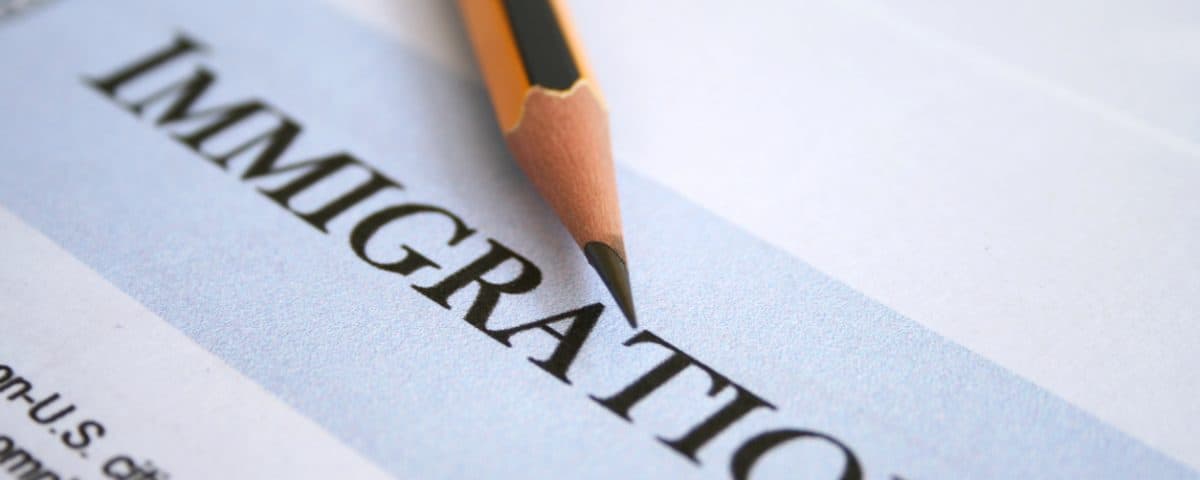- Total Benefit Management

The Art of Knowing When to Hire and When to Contract
June 11, 2018
Ethics Policies Don’t Build Ethical Cultures
June 19, 2018This article comes from the Society for Human Resource Management.
How Does ICE Calculate Form I-9 Penalties?
As Immigration and Customs Enforcement (ICE) conducts more and more I-9 inspections, employers need to know how ICE calculates fines.
The penalty process may begin for an employer when ICE serves a Notice of Inspection (NOI) subpoena to review the employer’s I-9 forms as well as many other HR-related records. The NOI gives the employer three business days to provide the subpoenaed documents. The ability to receive an extension of time to provide the I-9 forms and other documents seems to vary depending on the ICE office you are dealing with. I have been successful in receiving extensions in almost all NOIs, but I never ask for more than one week and usually only five days. After the ICE auditor reviews the I-9 forms, the employer will receive a series of notices—Notice of Suspect Documents and Notice of Technical and Procedural Failures are the most common.
If substantive paperwork, hiring or continuing-to-employ violations are found, ICE normally issues a Notice of Intent to Fine (NIF), although if the errors are less than 10 percent, ICE usually only issues a warning notice without a penalty. The penalty amount in the NIF is determined by ICE attorneys and special agents in charge. Employers can challenge fines by requesting, within 30 days of receipt of the NIF, that ad administrative law judge of the Office of the Chief Administrative Hearing Officer (OCAHO) review the case. If litigated, the judge can adjust the fine amount and consider any factors deemed necessary to calculate an appropriate fine based on the case at hand.
In November 2008, ICE issued a memorandum which required ICE agents to follow specific procedures for calculating paperwork, hiring or continuing-to-employ fines.
The policy procedures stated the following for agents to determine the level of fine:
- Use the number of violations of each type (paperwork, hiring or continuing-to-employ) as the numerator and the number of total employees as the denominator. For example, if you have 100 employees with 10 substantive paperwork violations and 20 hiring or continuing-to-employ violations, you’d have 10/100 = 10 percent for paperwork and 20/100 = 20 percent for hiring or continuing-to-employ violations, leading to a fine of $40,560 using the 2017 penalty matrices.
- The fines could then be adjusted up or down 5 percent for each of five factors—business size, good faith, seriousness, employment of unauthorized aliens, and prior history with ICE.
ICE has begun adding the number of paperwork violations to the number of hiring or continuing-to-employ violations as the numerator, which in some cases dramatically increases the level of the fine.
For example, if you have 100 employees with 10 substantive paperwork violations and 20 hiring or continuing-to-employ violations, you’d have 10 + 20 = 30 to calculate 30 percent violations, leading to a fine of $60,270 using the 2017 penalty matrices.
ICE has defended this calculation method by pointing to language in the 2008 fine policy procedures. However, no other ICE-issued documentation instructs agents or attorneys to add the violations together; ICE’s I-9 inspection webpage also makes no mention of the method.
In evaluating NIFs, attorneys for employers should ask these questions:
- Are the fines calculated within the confines of the statute as updated by the Department of Justice?
- What baseline and method did ICE use to calculate the fine?
- What factors were used to elevate or reduce the level of the fine?
- Were the factors appropriately used?
- Did ICE apply the 5 percent enhancement for employment of unauthorized aliens to only those violations, or did agents apply the enhancement to all violations?
- Did the NIF miscalculate the fines by double-counting violations?
- Did ICE make other errors in its calculations?
After evaluating these issues and trying to negotiate a settlement, employers must assess whether they should settle with ICE or challenge the fine with OCAHO.
Click here to view the original article.

